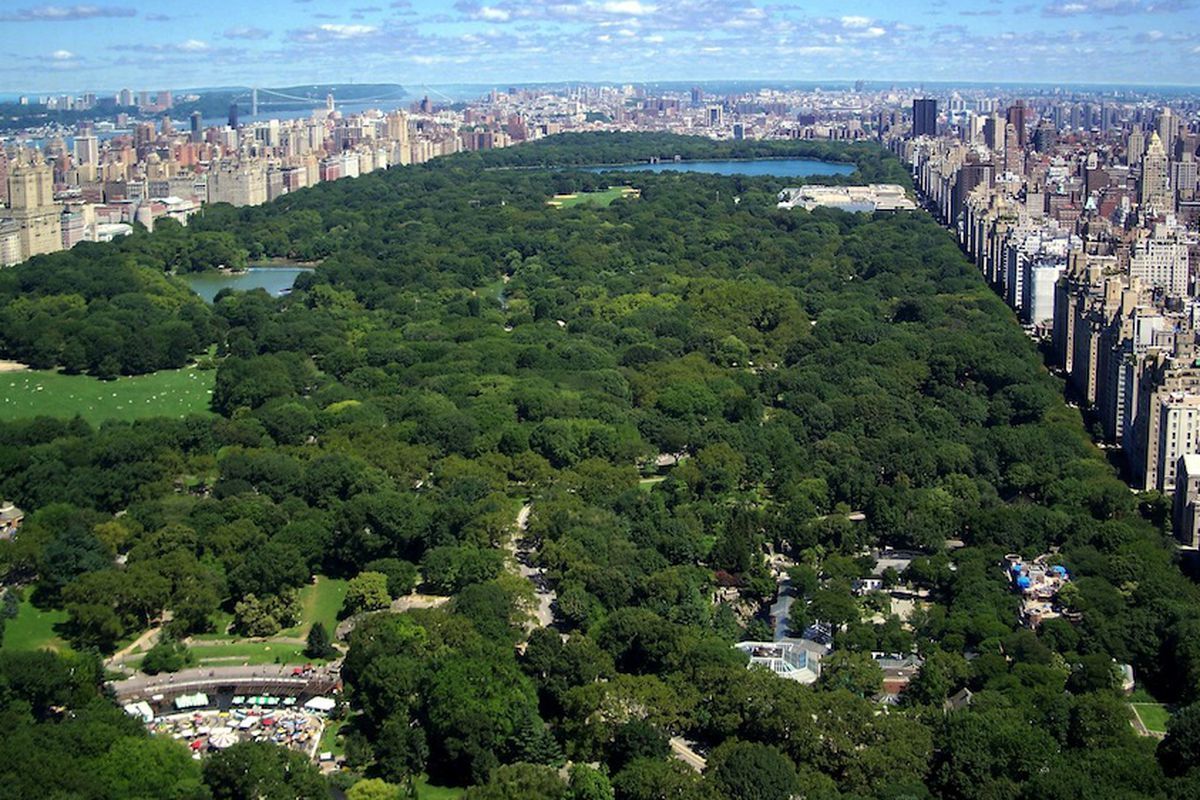According to the United Nations (UN), 55% of the world's population reside in urban areas and it is estimated that this proportion will increase to 70% by 2050. This population growth forecast comes in a period of implementation of decentralized policies in many countries , which has resulted in increased responsibilities for local governments. In this scenario, cities are assuming a more active role in contributing to national initiatives aimed at achieving the Sustainable Development Goals (SDGs) established by the UN, with determined goals to be met by all member countries.
With the advance of urbanization, cities have faced increasingly complex environmental challenges, such as air pollution, scarcity of green areas and climate change. The adoption of urban afforestation measures emerges as one of the most effective solutions to face these problems. By planting trees in urban areas, you can significantly improve air quality, reduce temperature and increase biodiversity, which generates healthier and more pleasant environments for people who live and work in urban centers. It is important to emphasize that urban forestry is fundamental to face climate change, since the intensification of the greenhouse effect and global warming have directly affected cities. Through the shade and evapotranspiration of the trees, it is possible to reduce the local temperature and combat the urban heat island effect. Trees also absorb carbon dioxide, one of the main gases responsible for the greenhouse effect, contributing to mitigating the impacts caused by climate change.
Facing the Challenges
Despite its numerous benefits, implementing urban forestry can be a challenge for cities. Barriers such as limited space, competing land uses and maintenance costs can make it difficult to establish and maintain trees in urban areas. To overcome these difficulties, it is essential to have an adequate Urban Forestry Plan and the involvement and support of the community.
The challenges
- Lack of Space is one of the main obstacles faced by cities in the implementation of urban forestry. Urban areas are generally densely populated and have little space available for tree planting. In addition, public space is often disputed by other needs, such as parking, transport infrastructure and commercial buildings.
- Competing Land Uses, such as the installation of underground utility networks, may further limit the space available for urban afforestation. These limitations can make it difficult to select suitable tree species and implement sustainable planting practices.
- Cost of Tree Maintenance is important to consider as regular maintenance is essential to ensure trees grow healthy and provide their environmental and social benefits such as reduced air pollution and shade creation. However, the costs associated with pruning, irrigating and removing diseased or dead trees can be significant, especially in cities with large green areas.
the overcoming
– Appropriate Urban Forestry Plan, which takes into account the limitations and specific needs of the city. This plan should include careful selection of tree species, as well as the best planting and maintenance practices for the city.
– Involvement of the community in the process of implementing urban forestry, ensuring the support and active participation of residents. This can be done through awareness campaigns, volunteer programs and environmental education initiatives.
Local Actions with Global Benefits from Investing in Urban Tree Planting
A well-designed urban forestry plan offers several benefits to the local climate, including:
- Local temperature reduction: Trees provide shade and evapotranspiration, which helps to cool the local air. This is especially important in urban areas, where the concentration of heat-absorbing materials such as concrete can raise the temperature by several degrees.
- Improved air quality: Trees absorb carbon dioxide and other pollutants from the air, helping to reduce air pollution and improve air quality.
- Reducing Noise Pollution: Trees can help absorb sound, reducing noise pollution in urban areas.
- Increased biodiversity: urban forestry can provide habitats for local fauna and flora, increasing biodiversity in urban areas.
- Increased quality of life: An urban environment with more green areas and trees can create a more pleasant and healthy atmosphere for people who live and work in the city.
According to UN goals, implementing local plans for urban forestry has important global benefits, such as reducing greenhouse gas emissions and mitigating the effects of climate change. This planning also contributes to the absorption of carbon dioxide and other pollutants, improving air quality and reducing pollution. In addition, shade and evapotranspiration from trees help reduce local temperatures, which can help combat rising global temperatures. Urban forestry contributes to global biodiversity, providing habitat for wildlife and protecting endangered plant and animal species. Urban forestry also improves people's quality of life, providing healthier and more pleasant environments to live, work and have fun.
The implementation of urban tree planting plans directly contributes to several Sustainable Development Goals (SDGs) established by the UN, including:
- SDG 11 – Sustainable Cities and Communities: the increase in urban trees contributes to making cities more sustainable, creating healthier and more pleasant environments for the people who live and work in them.
- SDG 13 – Action against global climate change: urban trees can help fight global warming, reducing local temperature through shade and evapotranspiration from trees, in addition to absorbing carbon dioxide and other pollutants.
- SDG 15 – Terrestrial Life: urban afforestation can create habitats for wildlife, increasing biodiversity in urban areas.
In addition, urban forestry indirectly contributes to other SDGs, such as improving people's health and well-being (SDG 3) and promoting sustainable economic growth (SDG 8).
An example of success in the implementation of an urban forestry plan is the city of New York, in the United States. In 2007, the city launched PlaNYC, a sustainability plan that included a goal to plant one million trees by 2017. The city committed to planting trees in public and private areas, encouraging landowners to plant trees on their properties. . In addition, the city invested in mapping technology to identify areas with less vegetation cover and established partnerships with community organizations to involve residents in planting and caring for trees.
In ten years, New York City managed to surpass its goal of planting one million trees, reaching almost 1.1 million trees planted. The urban forestation plan contributed to reducing temperatures in urban areas, improving air and water quality, reducing the effect of heat islands, in addition to bringing psychological and aesthetic benefits to the population.
PlaNYC's success has led the city to set a new goal of planting an additional million trees by 2030. New York City's urban tree program is an example of how a well-crafted plan, with adequate investments and community engagement, can bring significant benefits for cities and contribute to the promotion of urban sustainability.
Urban afforestation is an increasingly urgent issue around the world, especially at a time when cities are facing increasing challenges in relation to the climate and the quality of life of their inhabitants, given the exponential growth of the population living in urban centers. urban. Implementing well-designed tree planting plans and community involvement are critical to ensuring the success of these initiatives. In addition to local benefits, urban afforestation contributes to achieving the global goals of sustainable development established by the UN.




